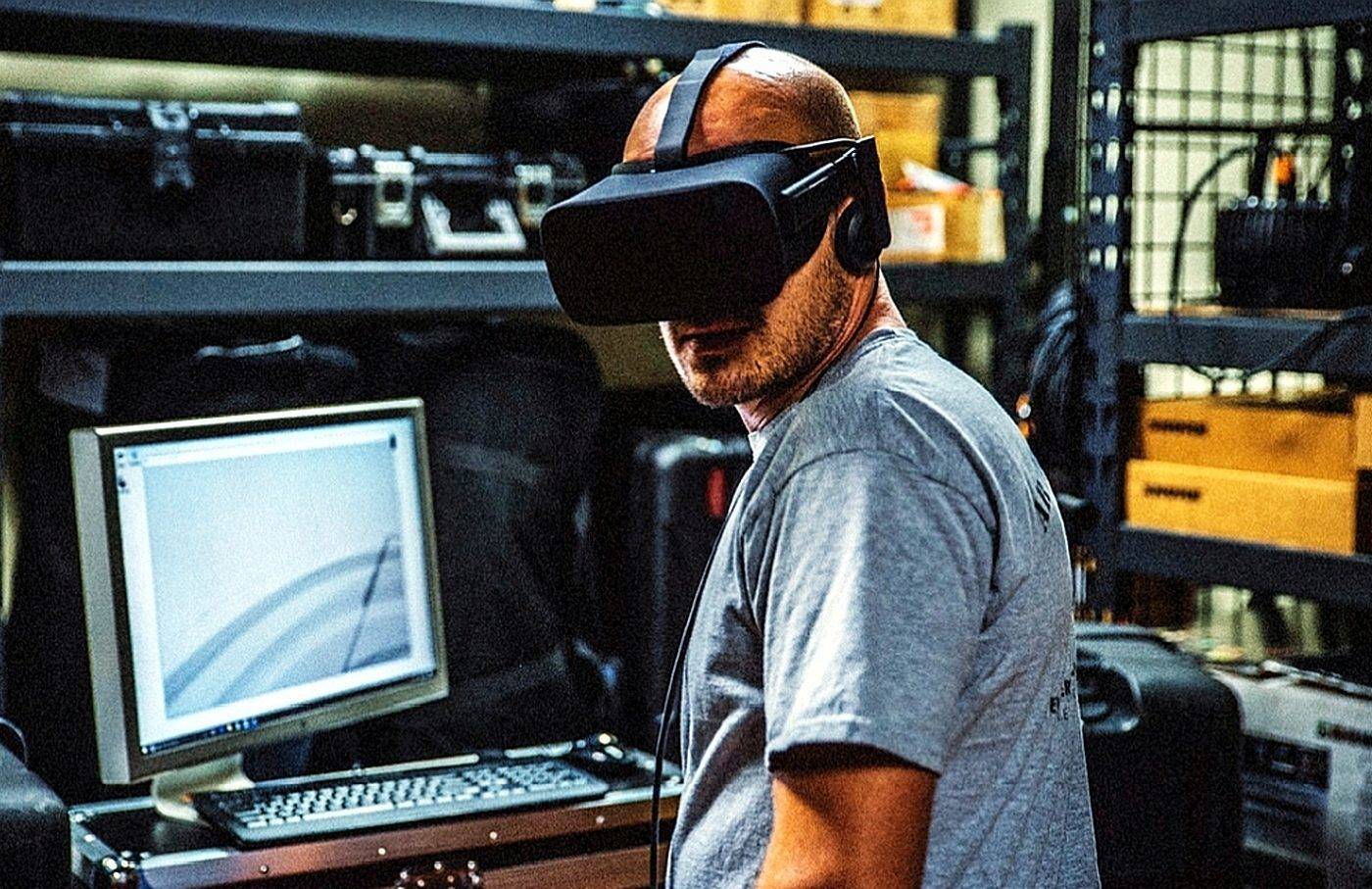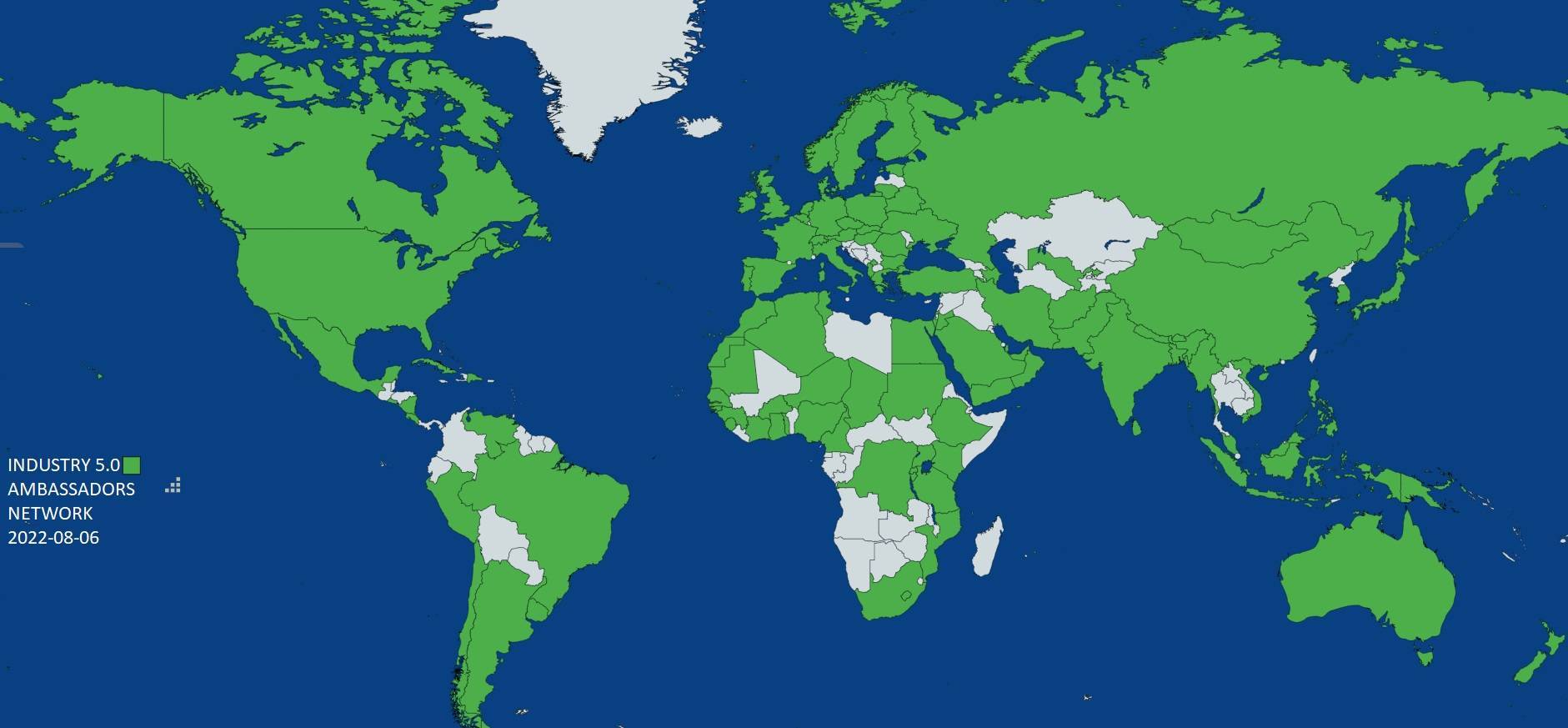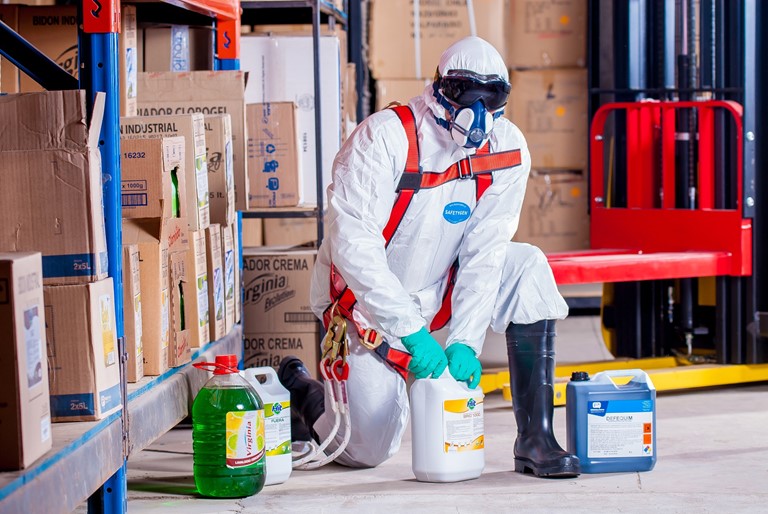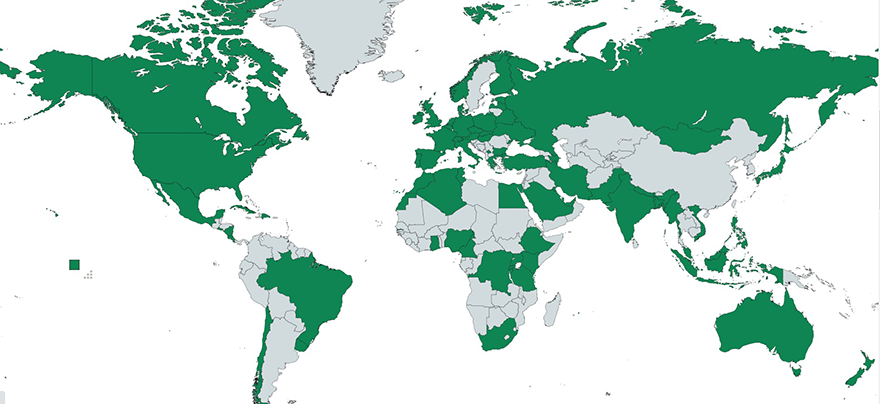Bundessozialgericht urteilt: Unfallschutz auch auf dem Weg vom Bett ins Homeoffice
Sichern Sie sich jetzt ab!! HSE 4.0 speziell entwickelt für die rechtssichere Durchführung von Unterweisungen, damit auf jeden Fall die Pflicht zur Unterweisung entsprechend dokumentiert ist – ob dies mit Zoom/Teams-Video- Unterweisungen erfolgt oder komplett selbstständig online – mit HSE 4.0 haben Sie dies alles im Griff.
Der Kläger ist angestellter Gebietsverkaufsleiter im Außendienst. Üblich begann er seine Arbeit morgens zwischen 7:00 und 7:30 Uhr ohne Frühstück. Auf dem Weg vom Schlafzimmer zum häuslichen Arbeitszimmer ein Stockwerk tiefer war er 2018 auf der Wendeltreppe ausgerutscht und gestürzt. Dabei hatte er sich einen Brustwirbel gebrochen. Die Berufsgenossenschaft Handel und Warenlogistik erkannte dies nicht als versicherten Wegeunfall an. Auch wenn hier der Unfall schon länger zurückliegt, hatte der Klägeranwalt auch auf die Corona-Pandemie verwiesen. Diese zeige, wie wichtig ein guter Schutz der Arbeitnehmer auch im Homeoffice sei.
Das Bundessozialgericht entschieden: auch im Homeoffice besteht Unfallversicherungsschutz durch die Berufsgenossenschaften. Hier wird es aber interessant für Arbeitgeber: sind Ihre Mitarbeiter: innen auch ausreichend unterwiesen, in Zeiten, in welchem diese aus dem Homeoffice arbeiten? Denn wenn die BG zahlen muss, wird auch immer geschaut, ob der Arbeitgeber seinen Pflichten nachgekommen ist. Wenn nicht kann es sein, dass der Arbeitgeber oder auch der Geschäftsführer haftet!
Also sichern Sie sich auf jeden Fall ab!!
Denn es kann teuer werden. Die Kosten umfassen je nach Schwere, Behandlungskosten und je nach Unfallfolgen auch Rentenzahlungen. Zur Begründung erklärte das BSG, der Weg auf der Treppe habe in einem engen Zusammenhang mit der Arbeit gestanden. Der Verkaufsleiter habe seine Arbeit aufnehmen wollen. Diese „objektive Handlungstendenz“ sei entscheidend.
Zur Begründung:
Arbeitnehmerinnen und Arbeitnehmer im Homeoffice stehen auch auf dem Weg zur erstmaligen Arbeitsaufnahme in der eigenen Wohnung oder im eigenen Haus unter dem Schutz der gesetzlichen Unfallversicherung. Maßgeblich ist die „Handlungstendenz“ hin zur beruflichen Tätigkeit
, wie am Mittwoch das Bundessozialgericht (BSG) in Kassel entschied. Dies gelte auch für Unfälle vor der jüngsten Gesetzesänderung im Juni. (Az: B 2 U 4/21 R)
Der Kläger ist angestellter Gebietsverkaufsleiter im Außendienst. Üblich begann er seine Arbeit morgens zwischen 7:00 und 7:30 Uhr ohne Frühstück. Auf dem Weg vom Schlafzimmer zum häuslichen Arbeitszimmer ein Stockwerk tiefer war er 2018 auf der Wendeltreppe ausgerutscht und gestürzt. Dabei hatte er sich einen Brustwirbel gebrochen. Die Berufsgenossenschaft Handel und Warenlogistik erkannte dies nicht als versicherten Wegeunfall an. Auch wenn hier der Unfall schon länger zurückliegt
, hatte der Klägeranwalt auch auf die Corona-Pandemie verwiesen. Diese zeige, wie wichtig ein guter Schutz der Arbeitnehmer auch im Homeoffice sei.
Die Kasseler Richter betonten, dass dies unabhängig von einer Gesetzesänderung zum 18. Juni 2021 gilt und auch vorher galt. Nach der Neuregelung besteht Unfallschutz im Homeoffice „in gleichem Umfang wie bei Ausübung der Tätigkeit auf der Unternehmensstätte“. Die Gesetzesänderung sichert die neuere BSG-Rechtsprechung ab, wonach auch betriebliche Wege innerhalb der Wohnung versichert sind, künftig zudem wohl auch Wege bis zur Küchentür, um zu essen oder zu trinken. Auch im Streitfall habe es sich um einen solchen sogenannten Betriebsweg gehandelt. Das BSG stellte den Sturz damit einem Unfall gleich, wenn ein Arbeitnehmer den Betrieb erreicht hat, dann aber auf dem Weg zwischen Betriebseingang und Arbeitsplatz stürzt. Bei sogenannten Wegeunfällen halte das BSG dagegen daran fest, dass der Unfallschutz erst nach Durchschreiten der privaten Außentür beginnt.










